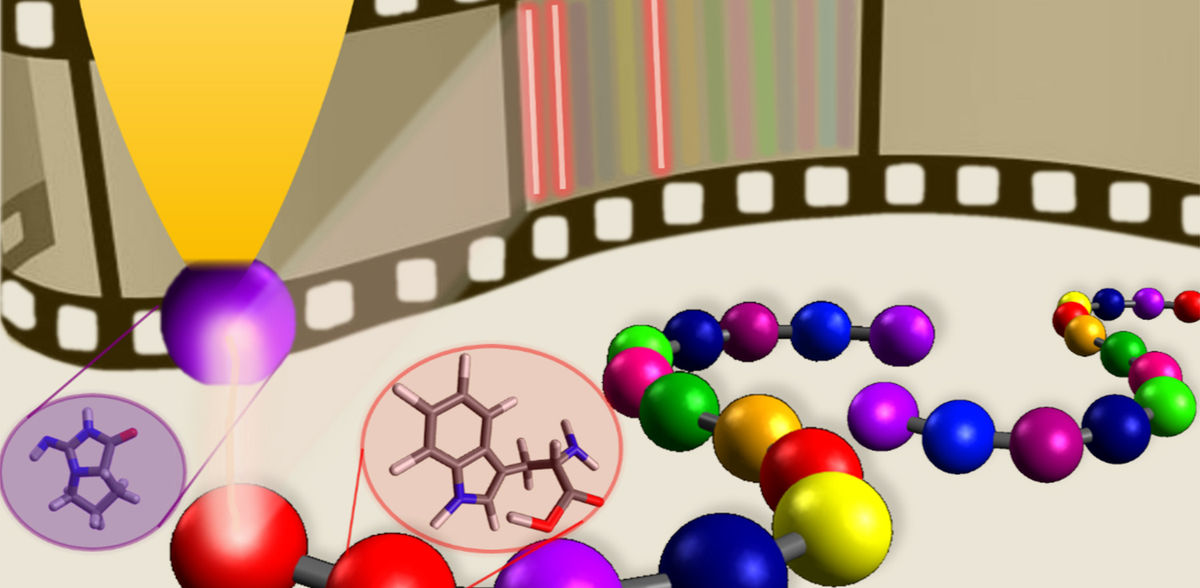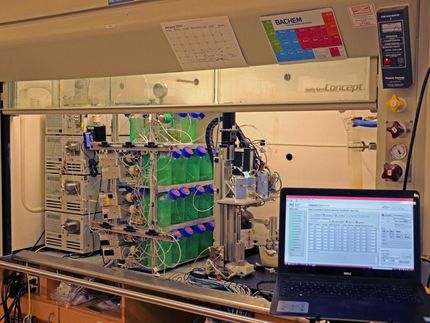Biomolecules identified at the nanoscale
New method for measuring amino acids
Advertisement
For the first time, a team of scientists has been able to identify individual amino acids in a peptide, a combination of several amino acids, on the surface of a single molecule. This means that one of the basic building blocks of life can now be studied down to the nanometre level. Led by Professor Uta Schlickum from Technische Universität Braunschweig, the group in the QuantumFrontiers Cluster of Excellence developed a new measurement method, which they have published in the journal Nature Communications.
The distinction between peptide and protein seems somewhat arbitrary and depends solely on size: as long as no more than about 100 amino acids form a chain, it is a peptide. As soon as there are more, biology refers to them as proteins. Peptides occur in all kinds of biological processes. For example, as hormones or antibiotics. However, research into exactly how peptides work is still in its infancy. This is partly because no microscope is able to see the biological components of individual peptides down to the atomic level.
The research team led by Professor Uta Schlickum has combined different methods to make a scanning tunnelling microscope useful for peptide recognition. Although these microscopes are accurate down to the atomic level, they are unable to distinguish between different elements of a molecular structure. A collaboration between TU Braunschweig, the Max Planck Institute for Solid State Research in Stuttgart and other international scientists has now succeeded in making the measuring tip of the imaging device chemically sensitive and specialised to one of the amino acids in the peptide. This novel tip makes it possible for the first time to visualise and identify individual amino acids in complex biological chains under the microscope. This is a first step towards sequencing peptides on surfaces with the highest spatial resolution.
Original publication
Xu Wu, Bogdana Borca, Suman Sen, Sebastian Koslowski, Sabine Abb, Daniel Pablo Rosenblatt, Aurelio Gallardo, Jesús I. Mendieta-Moreno, Matyas Nachtigall, Pavel Jelinek, Stephan Rauschenbach, Klaus Kern, Uta Schlickum; "Molecular sensitised probe for amino acid recognition within peptide sequences"; Nature Communications, Volume 14, 2023-12-14





















































